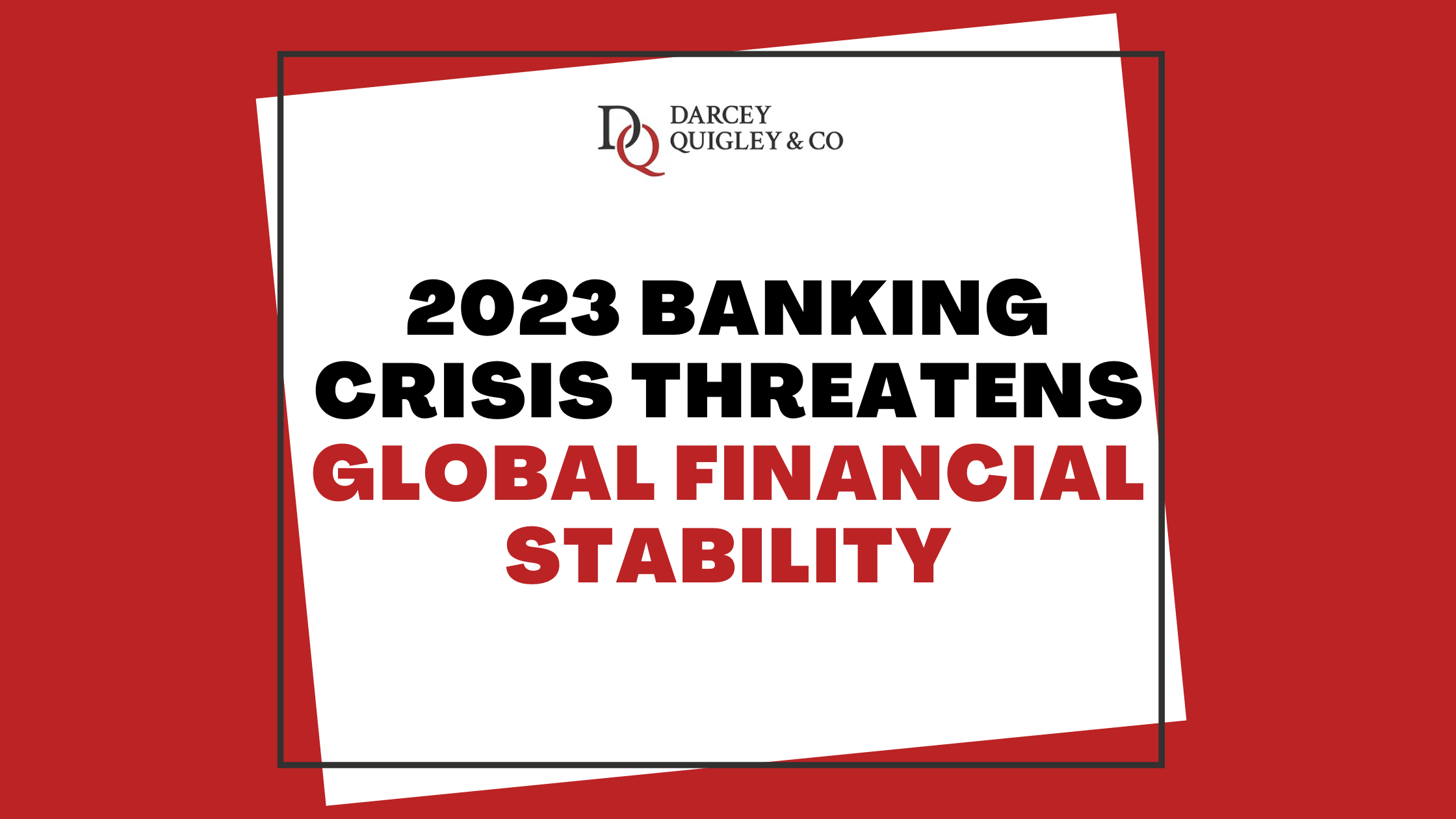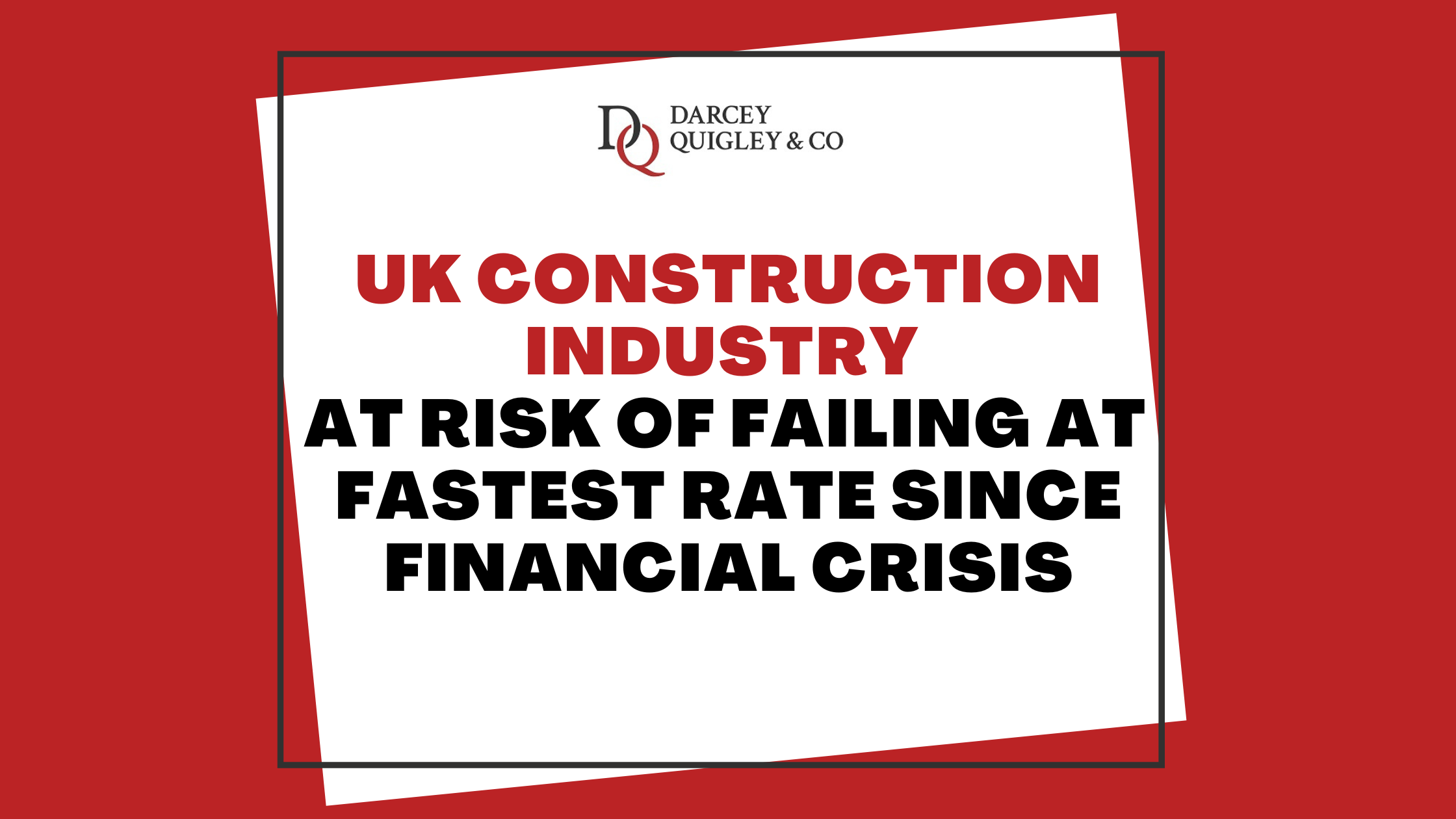Commercial Debt Recovery Trends to Watch as Q2 Wraps Up
As Q2 comes to a close, businesses across the UK are taking a close look at their cash flow and planning for the second half of the year.
Many finance teams and credit controllers are seeing the same pattern repeat itself. Payments are stretching further; customers are holding onto cash for longer, and chasing overdue invoices is becoming a regular part of daily operations.
Commercial debt recovery is not a static process. It shifts with wider economic pressures, industry cycles, and even seasonal changes.
Understanding the latest trends can help your business stay ahead, protect cash flow, and respond more quickly when payments fall overdue.
Current Commercial Debt Recovery Trends
In this blog, we will explore the most pressing commercial debt recovery trends shaping the market as Q2 ends. We will also look at what these changes mean for businesses, credit controllers, and finance managers who need to stay in control of late payments.
Table of Contents
The ongoing pressure on cash flow
One of the biggest drivers behind rising debt recovery activity is cash flow. Even profitable businesses are finding that their cash is tied up in overdue invoices.
Rising costs of materials, fuel, and wages mean companies need a steady flow of incoming payments just to cover their own outgoings.
When one customer pays late, the impact can ripple through a supply chain. A business waiting on payment from its client may in turn struggle to pay its own suppliers.
This chain reaction is one of the reasons overdue invoices are treated as urgent priorities by so many credit teams in 2025.
As Q2 ends, businesses are under added pressure to reports on performance and show progress before the next half of the year begins.
This often leads to a stronger focus on debt recovery, as finance teams want to close the quarter with the cleanest ledger possible.
Shorter payment terms are making a comeback
During the pandemic and in the years that followed, many businesses extended payment terms to help customers manage financial challenges.
Thirty-day terms became sixty days, and in some sectors even longer.
In 2025, we are now seeing a shift back toward shorter terms. Businesses have realised that extended payment agreements are leaving them more exposed to late or non-payment.
Many are reducing their terms to 30 days or enforcing strict interest charges when invoices go beyond the agreed limit.
This trend is especially clear in construction, logistics, and manufacturing, where delays in payment can stall entire projects.
As Q2 wraps up, businesses in these industries are being more proactive about setting boundaries and recovering overdue invoices before they disrupt operations.
More use of pre-litigation recovery
Another major trend is the increased use of pre-litigation debt recovery services.
Businesses are recognising that legal action should be the last resort, not the first.
Taking a debtor to court can be expensive and time consuming, often adding months to the recovery timeline.
Instead, credit controllers are turning to specialist commercial debt recovery firms like Darcey Quigley & Co to resolve cases quickly without entering legal proceedings.
Pre-litigation recovery combines skilled negotiation, persistence, and industry expertise to bring payments in faster.
This trend also reflects a growing focus on relationships. Businesses want to recover what they are owed while keeping a professional tone and, where possible, protecting long-term customer relationships.
Using a pre-litigation partner allows companies to maintain credibility while showing they take debt recovery seriously.
Technology and transparency
Technology is playing a bigger role than ever in debt recovery. Finance manager expect to see real-time updates on their cases, instant notifications when progress is made, and clear data that shows how recovery is being handled.
Instead of chasing updates, finance teams can log in and see exactly what stage their recovery is at.
The trend toward digital transparency also helps businesses make better decisions.
With data on recovery times, common delays, and debtor behaviours, credit teams can refine their own processes and spot risks earlier in the payment cycle.

International recovery is growing
The UK remains a global trading hub, and with international trade comes international debt recovery.
Businesses working with overseas customers are increasingly facing the challenge of late payments across borders.
Recovering overseas debt can be complex. Time zones, languages, and legal systems all add extra layers of difficulty. However, businesses are no longer putting off this challenge.
They are looking for recovery partners with global expertise who can navigate different markets and bring overdue invoices home.
As Q2 closes, we are seeing more businesses add international debt recovery into their strategy. This is especially relevant for sectors like shipping, wholesale, and export-focused industries.
Rising demand for expert support
A final clear trend is that businesses are less willing to handle overdue invoices alone. In previous years, some companies would wait months before seeking outside support, often as a last resort.
Now, with tighter margins and less tolerance for bad debt, finance teams are involving recovery experts earlier in the process. By passing cases to a trusted partner within days of weeks of invoices going overdue, they are protecting their cash flow and reducing the chance of total loss.
This shift shows a change in mindset. Debt recovery is no longer seen as a reactive step but as part of a proactive cash flow strategy.
Businesses that act quickly are finding they collect more, maintain stronger records, and have more confidence in their financial planning.
What this means for businesses
All of these trends point in the same direction. Businesses need to take commercial debt recovery seriously as part of their wider financial health.
Waiting too long to act can leave companies exposed, while being proactive can create stability and support growth.
As Q2 wraps up, the main lessons are clear. Review your ledger and identify overdue accounts.
Reassess your payment terms to make sure they protect your business. Explore pre-litigation recovery options before legal action becomes necessary.
And invest in transparency, whether through technology or through trusted partners.
Most importantly, do not let overdue invoices linger. Every day you wait makes recovery harder and increases the risk of losing the payment altogether.
How Darcey Quigley & Co can help
At Darcey Quigley & Co, we specialise in pre-litigation commercial debt recovery. We act quickly, with cases actioned within one hour of instruction.
Our team has experience across multiple industries and international markets, allowing us to handle both domestic and overseas debts effectively.
Our online portal gives you full transparency, so you always know the progress of your case. We pride ourselves on professionalism and integrity, which means we work to recover what is owed to you while protecting your reputation.
If your business is looking at Q2 results and sees overdue invoices impacting cash flow, now is the time to act.
Contact our team today to get a free consultation and see how we can help recover your outstanding debts before Q3 begins.
Summary
Commercial debt recovery is evolving as businesses adapt to economic pressures, tighter cash flow, and global trading challenges. The trends emerging at the end of Q2 show a clear shift toward proactive, transparent, and professional recovery methods.
By recognising these shifts and acting early, businesses can protect their cash flow and head into the second half of the year with stronger financial security.
Darcey Quigley & Co is here to support you every step of the way. If you have overdue invoices, whether in the UK or overseas, our team can provide the expertise, speed, and transparency you need.
For more commercial debt recovery news, tips and updates follow Darcey Quigley & Co on LinkedIn.








